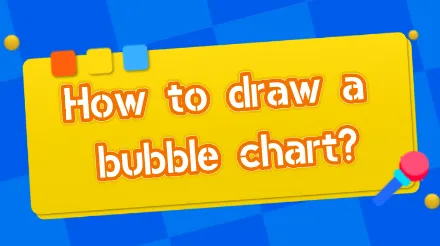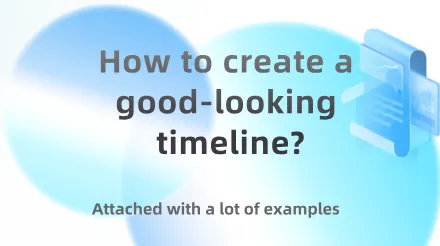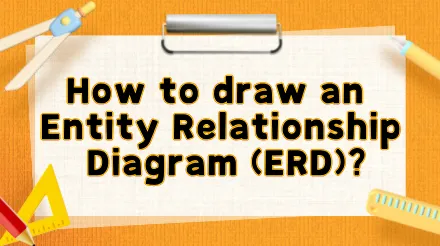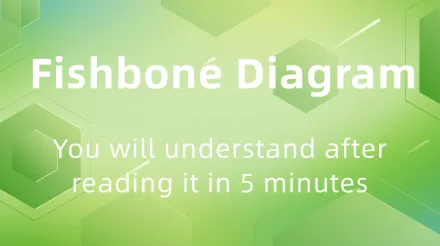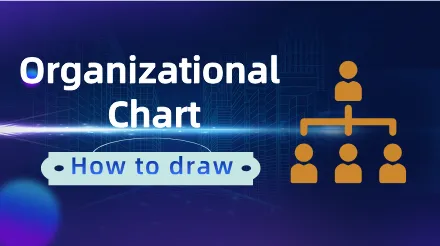What is BPMN? BPMN concepts, symbols and examples In today's rapidly changing business environment, companies must continuously optimize their internal processes to improve efficiency, reduce costs and increase customer satisfaction. Business Process Modeling Notation (BPMN) is a standardized graphical notation that helps companies to optimize their internal processes in different BPMN 2.0 is the latest version of BPMN, which has stronger expressiveness and flexibility, and provides a powerful tool for business process management. This article will use multiple BPMN templates from the ProcessOn template community to illustrate The concept, structure, symbol meaning and application scenarios of BPMN.
ProcessOn-Skye 2024-10-22

